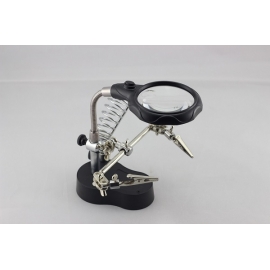Happy Halloween, UF-TOOLS to accompany you
- Author:UF-liubei
- Release on:2019-11-01
Hello everyone! Today, Youfu Tools introduces the original form of Halloween and the subsequent changes in meaning from the perspective of folklore. This is a science that is serious and up to the knowledge. I hope that everyone will finish the harvest!

First, origin and customs
The earliest traceable origin of Halloween is the Celtic New Year, Sam Khan Festival Samhain. In addition to welcoming the New Year, this festival also has the meaning of celebrating the harvest. The Puritans banned it because it rejected the non-Puritan elements and witchcraft colors of the festival. But Halloween, along with its emphasis on harvest and vague margins, was gradually revived in the 19th century into a secular festival with a sacred and religious color that spread to all parts of the world.

As the Celtic New Year's Sam Khan Festival, it is generally necessary to ignite a bonfire, and people will also dress up. These ritual expressions are mostly based on the cognition that the boundaries between the world and the world are blurred when one year turns from a brighter half to a darker half. The bonfire has a purifying effect. The camouflage is to deceive the visiting spirit and let them mistakenly think that they are the same kind without hurting themselves. Divination, banquets and various games are also often part of this festival. This night people will eat nuts and apples and will go door to door to ask for food. And because of the role of camouflage, people tend to prank without any scruples. The earliest written record of the Sam Khan Festival prank can be traced back to Scotland in 1736. Ireland also has a lot of records in this regard. The custom of dressing was passed to England in the 20th century.
The night of Sam Khan Festival is also the dead. The Celtics believe that the soul of the deceased will return home this night. So they will set aside a place for the dead family at the table and by the campfire. People also use phthalocyanine or beet heads to make lanterns, representing the lights of the spirits or the dead. So the earliest "jack o lantern" was not made of pumpkin. Dr. Zed thought of this in the cold of Japanese animated ghost lights, let the ghosts say it, very credible:
Christian tradition also influenced the formation of Halloween. The name Halloween is related to Christian All Hallows' Day. All Hallows Day or All Saints' Day is a festival to commemorate Christian saints, on November 1st every year, so Halloween is also known as All Hallows' Eve, the eve of the Holy Spirit.
These ancient "traditions" are similar to the activities of people who are engaged in Halloween today: banquets, costumes, tricks, sugar, apples, etc. These festivals are common among people who celebrate Halloween in various countries. visible. People in many parts of Northern Ireland will still burn fire on Halloween. They also do some small pranks when preparing food, such as putting buttons in bread, putting rings in apple pies, seeing who is eating, etc. This is also the way they use for good fortune (Santino 1996).

Related Products













